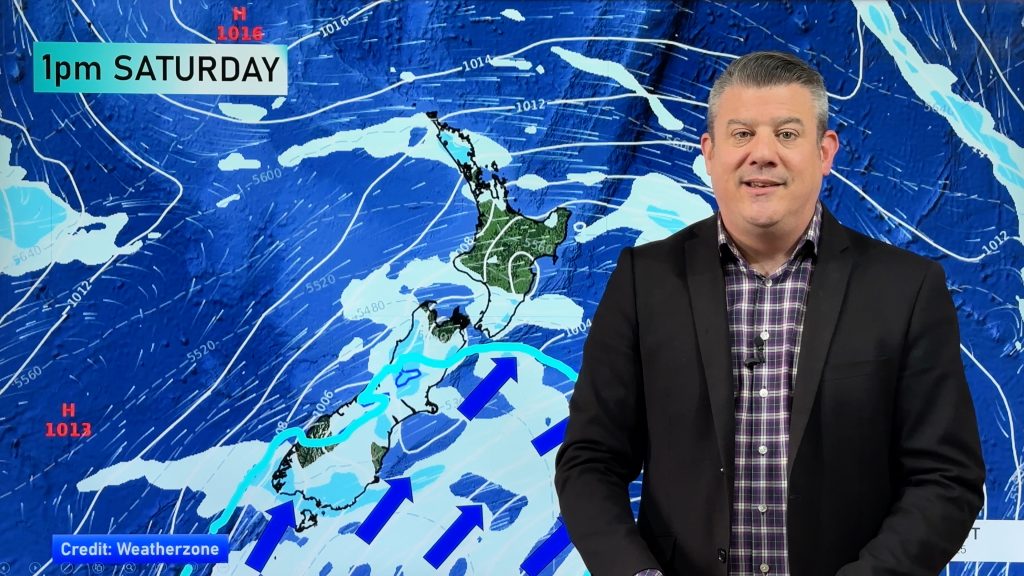
> From the WeatherWatch archives
Scientists have discovered slow, creeping earthquakes that can last up to half an hour are taking place deep beneath the South Island’s Alpine Fault.
The Alpine Fault is considered the most hazardous fault in New Zealand.
Experts have been puzzled for decades by the apparent lack of activity in the central section of the Alpine Fault, between Fox Glacier and Whataroa Valley 50km to the north.
However a study led by Victoria University Geophysics Professor Tim Stern has shown the area often experiences seismic tremor, or a series of slow, creeping earthquakes that each last up to 30 minutes.
Professor Stern said the seismic tremor is located at depths of 20 to 45 kilometres, while regular earthquakes mainly strike in the top 10 kilometres of the Earth’s crust.
It is the second time this type of seismic activity has been recorded on a strike-slip fault – those faults with walls that move sideways, rather than up or down.
The other is the San Andreas Fault in California.
A member of the team, Dr Aaron Wech, said the earthquakes will not cause damage, but the discovery shed new light on activity in the fault.
“Our research shows that between large earthquakes, the fault is still moving. It’s not yet clear what this means for future earthquakes – it could be that constant tremor builds up stress and may trigger a major fault movement or, alternatively, the activity may decrease the likelihood of a major quake by acting as a release valve for stress,” Dr Welch said.
“What’s important is that we find out more about these tremor events, such as where they happen and how often, so we can better predict the hazard the Alpine Fault poses.”
The research has been published in American journal, Geophysical Research Letters.
The study involved drilling holes up to 100 metres deep and installing sensors in them which vibrate when an earthquake takes place.
Eleven stations, called the Southern Alps Microearthquake Borehole Array – or SAMBA – were installed in late 2009 and are still producing data. To date, SAMBA has recorded around 2,500 small earthquakes which are taking place in a 30 kilometre-wide area under the Southern Alps, rather than on the Alpine Fault.
Professor Stern said the team hopes to expand SAMBA by adding new sites to record more small earthquakes and to measure the seismic tremor over a longer period.
“A better understanding of these tremor events could provide vital clues in our understanding of both faults and earthquakes,” he said.
– By Paul Harper, nzherald.co.nz
Comments
Before you add a new comment, take note this story was published on 23 May 2012.





Add new comment